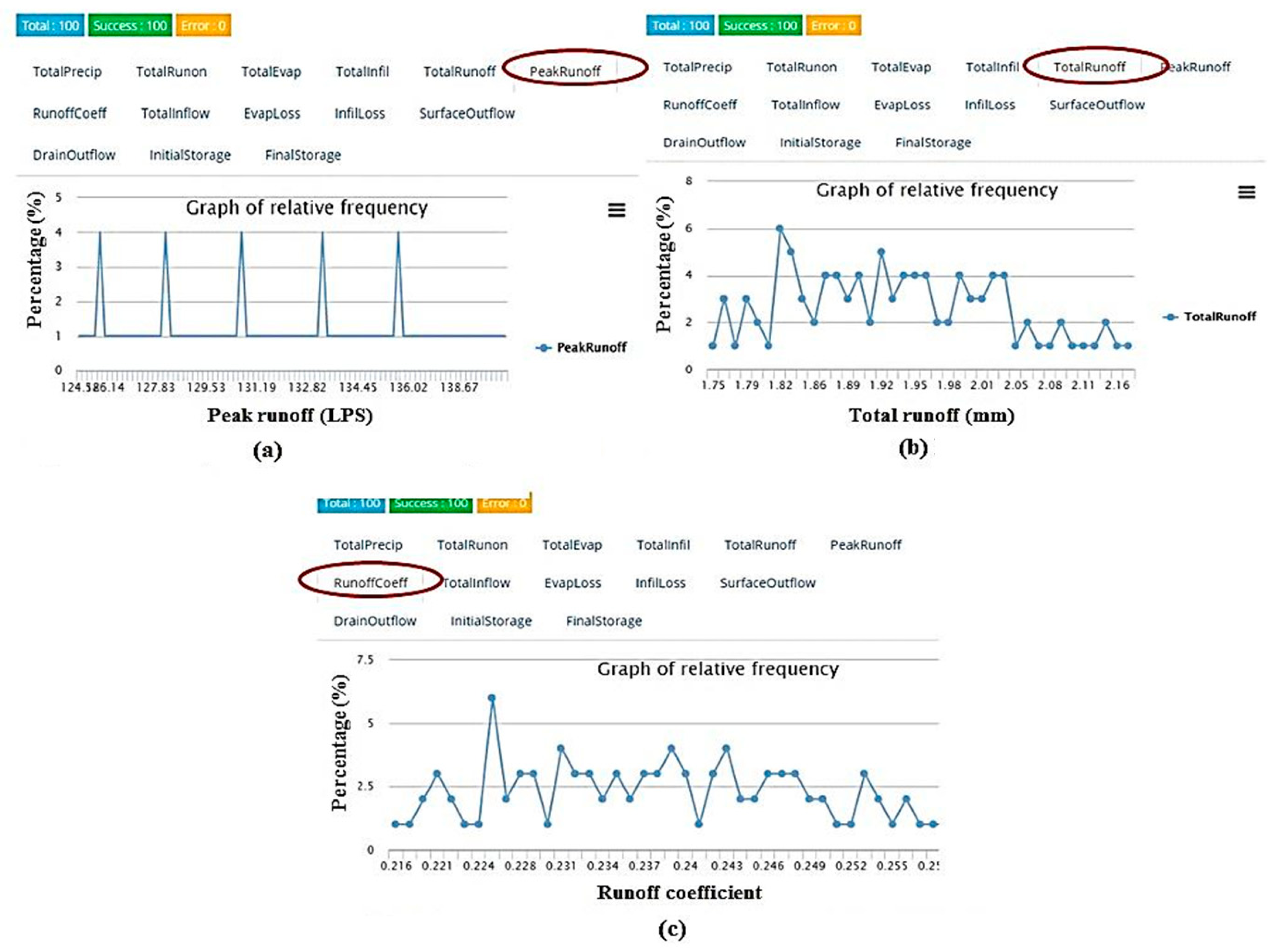The runoff coefficient c is a dimensionless coefficient relating the amount of runoff to the amount of precipitation received.
Runoff coefficient metal roof.
One of the parameters in the rational method equation q cia is the runoff coefficient c.
The runoff coefficient value is an attempt to take account of the volume of runoff which is absorbed into the surface.
Runoff generated roof area peak rainfall runoff coefficient 200 150 0 9 7100 gallons.
This is not a very precise variable and as such attempts have been made to remove it using statistical analysis of historical events.
A runoff coefficient is a number that relates the rainfall rate and runoff rate.
For example a pitched metal roof is typically the most efficient.
Alternatively the runoff coefficient is the factor by which depending on the type of surface the effective impermeable area is calculated.
For sample purposes a 55 gallon barrel will be used.
It is a larger value for areas with low infiltration and high runoff pavement steep gradient and lower for permeable well vegetated areas forest flat land.
Precipitation and runoff data from each event were used to calculate the runoff coefficients for the roofs based on the same definition as in equation which means that the runoff coefficients for the field cases were calculated as the runoff volume over the total precipitation volume for the time span covered by the precipitation event.
Unless the zinc content is particularly high it is safe to use on lawns and ornamental gardens.
This makes the duration different for all the events as it is based on the actual duration of the event.
Why is it important.
For example it is 0 9 for metal or tile roofs and up to 0 3 for green roofs.
Using the runoff coefficient scientists and hydrologists can calculate how much water passes over a given area per second.
Use it to wash cars and outdoor equipment and to rinse patios.
Rational method runoff coefficients.
Assuming a peak possible rainfall of 150 mm over a 24 hour time period and the available roof catchment of 200 sq m the storage capacity will be.
This coefficient accounts for the fact that some roof surfaces are more efficient than others at collecting rainwater.
We can observe that there is a significant reduction in storage capacity compared to the first scenario.
The other parameters are a the area of a watershed.
There are two ways you can find the runoff coefficient.
The system outlined below will walk you through the steps of determining your rain barrel sizes based on average roof runoff.
Roof runoff has many outdoor uses.
And q the peak storm water runoff rate due to a storm of intensity i on.
One is by using the rational method and the other is by using a runoff coefficient.

